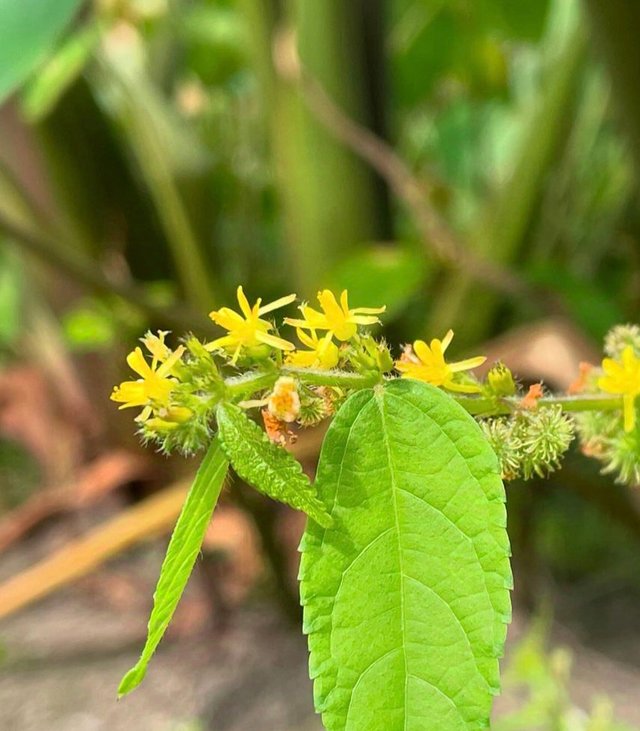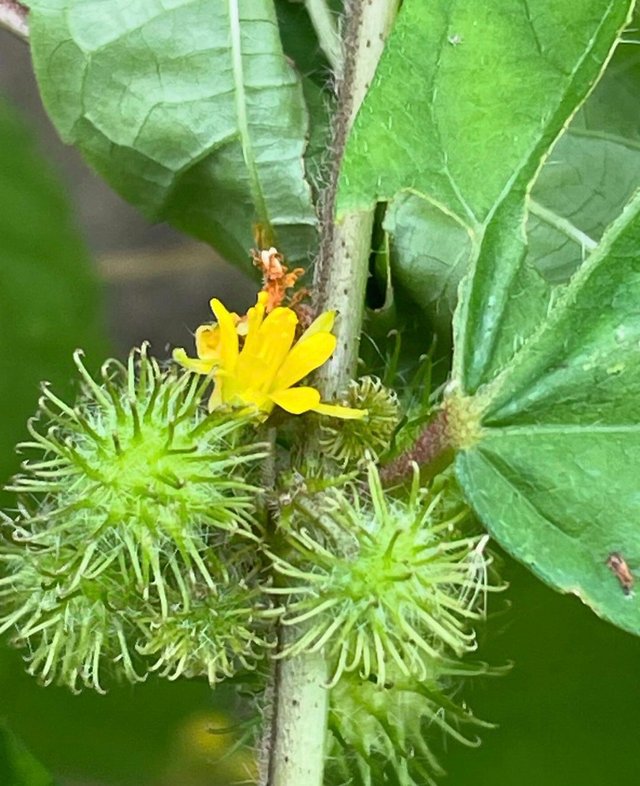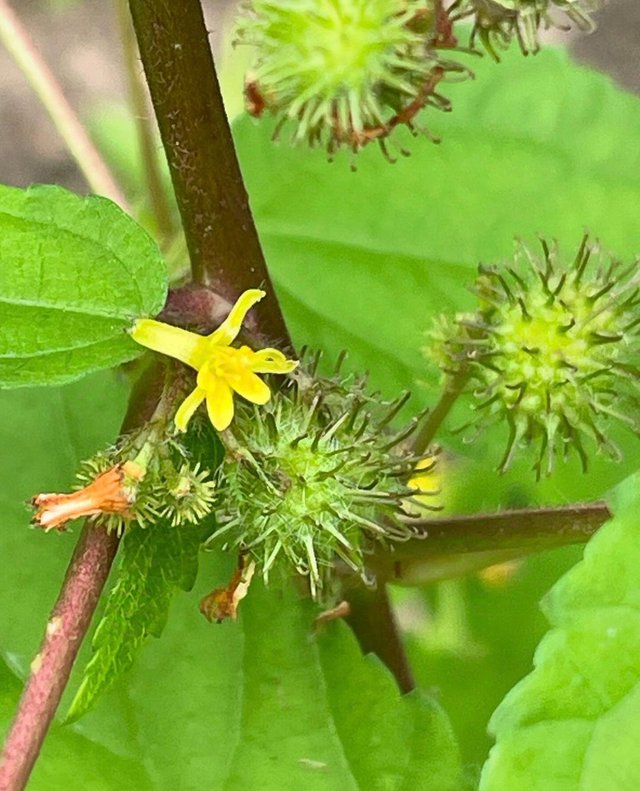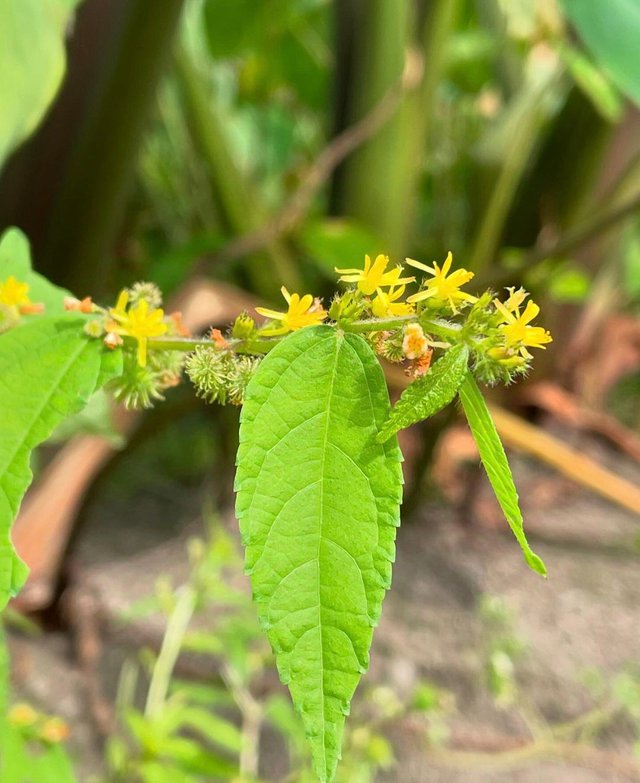Triumfetta pentandra Flower




The Triumfetta pentandra is a fascinating plant that thrives in tropical and subtropical regions, known for its unique floral and ecological features. Commonly referred to as the “Burweed” or “Indian burr,” this plant belongs to the Malvaceae family and is often found in open fields, along roadsides, and in degraded lands.The flowers of Triumfetta pentandra are small, delicate, and typically yellow, making them a charming addition to the plant's slender, bushy stems. Each flower has five distinct petals and a central cluster of stamens, giving it a simple yet striking appearance. The blooms are usually borne in clusters, and while not overly showy, they add a subtle vibrance to their surroundings.
This plant plays an important role in supporting local ecosystems. Its flowers attract pollinators such as bees and butterflies, contributing to biodiversity. The seeds, often encased in burr-like capsules, can attach to animal fur, aiding in seed dispersal and propagation.Apart from its ecological significance, Triumfetta pentandra has been utilized in traditional medicine and daily life in many cultures:The plant has been used in traditional remedies for treating skin ailments, inflammation, and minor wounds.The stems of Triumfetta pentandra yield strong fibers, which are sometimes used for making ropes and other materials.
In some regions, young leaves are cooked and consumed as a leafy vegetable.While Triumfetta pentandra is widespread and not considered endangered, its natural habitats face threats from urbanization and agricultural expansion. Promoting awareness of its ecological and practical value can encourage sustainable use and conservation efforts.
The Triumfetta pentandra flower, though understated, is a vital component of the environments it inhabits. Its medicinal, ecological, and practical contributions make it a plant worth appreciating and protecting. Next time you encounter this modest flower, take a moment to admire its quiet resilience and utility in nature.